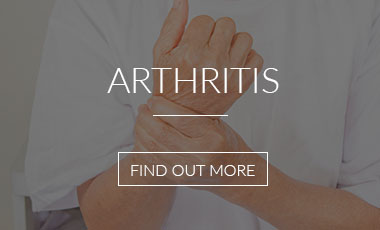A focused area of Professor Speeds work is the diagnosis and management planning for patients with complex musculoskeletal pain. This includes patients who have not responded as expected to other interventions, such as medications injections and surgery for their condition.
Such patients frequently require further advanced diagnostic approaches, and advanced therapies to address their complaints. This involves a very thorough and carefully structured process.
The assessment and treatment of patients with chronic pain requires attention to the ‘whole person’, including scrutiny for unusual factors that may influence the onset and persistence of pain.
Hypermobility
Joint hypermobility means one or more joints are particularly supple. This may cause no problems. However some people develop symptoms including joint and soft tissue pains and instability or dislocation of joints. This is called joint hypermobility syndrome.
Causes of joint hypermobility
Joint hypermobility is something that often runs in families. It is more common in women. It is thought to be quite common but covers quite a wide range of joint mobility, from slightly to extreme levels of hypermobility.
It is commonly caused by changes in the protein called collagen in the tissues, and those changes make the tissues more stretchy and therefore the joints are more flexible. Some children with hypermobility will ‘grow out’ of the condition when they reach adulthood.
The condition is linked to Ehlers Danlos Syndrome, which are a range of genetically linked disorders of collagen and vary according to the type. There can be more serious causes of hypermobility including Marfans syndrome, and osteogenesis imperfecta.
Features of Joint Hypermobility Syndrome
Those individuals who get symptoms may complain of non-specific joint pains, easy injuries, pelvic floor problems and prolapses, fatigue, and easy bruising. Children may report pain in the joints at night. A poor response to pain killers and local anaesthetics and a slower recovery after injury and surgery.
Hypermobility is also associated with ‘irritable bowel’ syndrome and with postural orthostatic tachycardia syndrome (POTS). This is a condition where individuals report headaches, palpitations and dizziness and other associated symptoms.
Management of Complex Pain and Hypermobility
“EVERYTHING STARTS WITH A CLEAR DIAGNOSIS”
Once a clear diagnosis has been made, a holistic (whole patient) model of care is followed to ensure healing, and physical and psychological health and wellbeing are achieved. No two individuals are the same in their needs.
Treatment usually involves more than one approach, including integrated exercise regimes, dietary changes, biomechanical changes, relaxation techniques, soft tissue massage, acupuncture, physiotherapy and occupational therapies. In complex pain syndromes, medications, injection therapies, advanced electrical modalities, and psychological strategies are also used.





